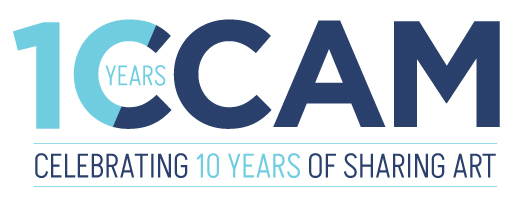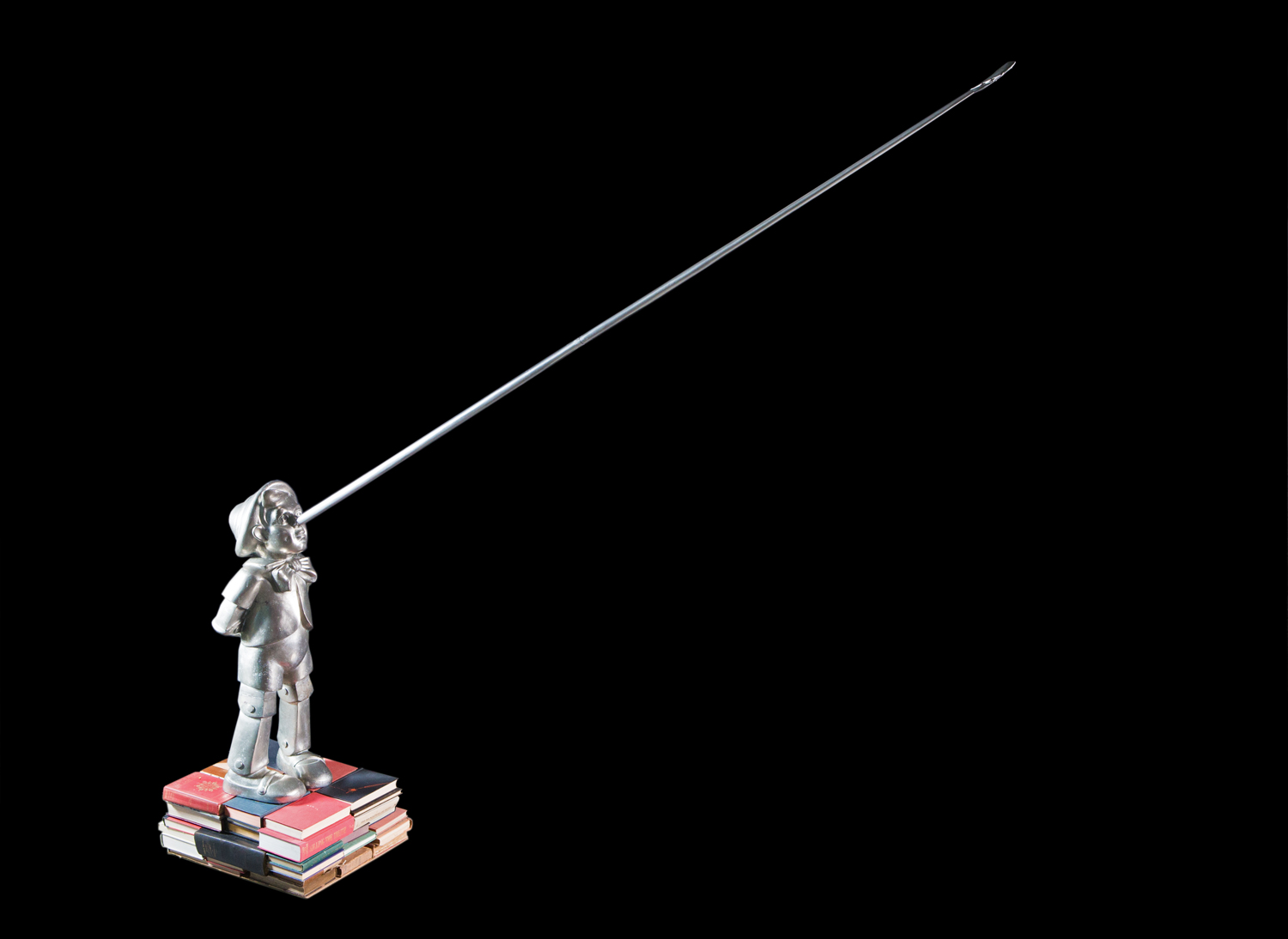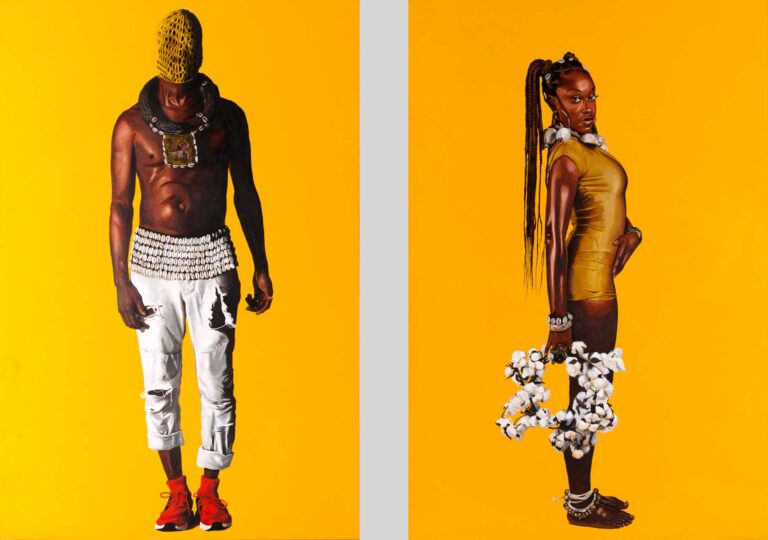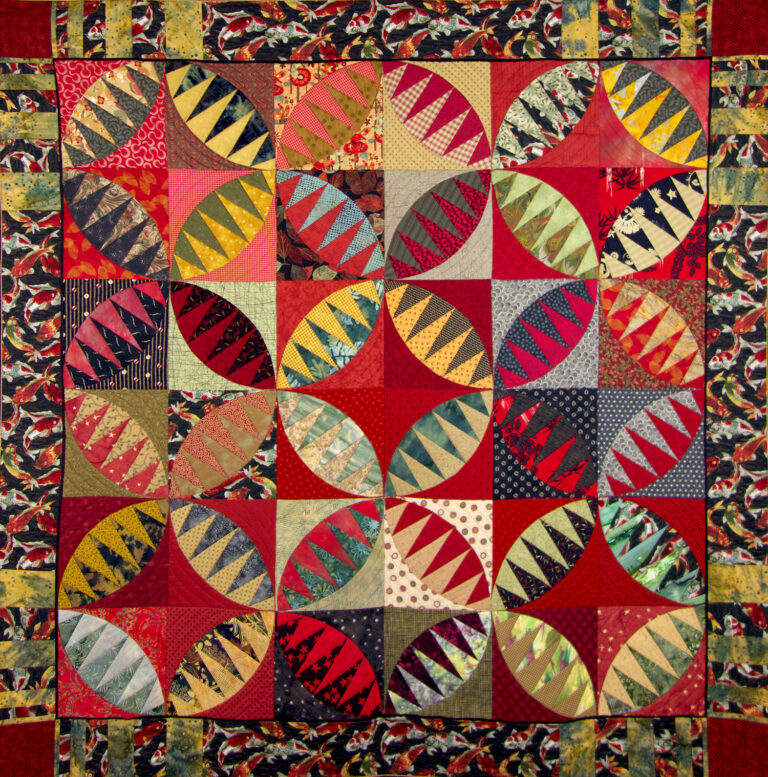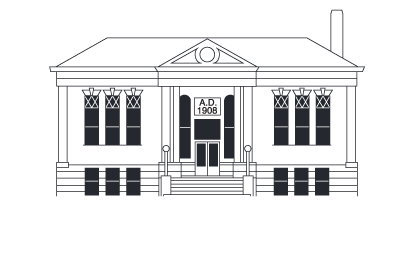VISIT OUR VIRTUAL TOUR FOR THIS EXHIBITION
Despite Cuba’s idyllic natural beauty, the island nation has been on a challenging socioeconomic rollercoaster since its revolution in 1959. The works in this exhibition reflect the country’s last three decades in a remarkably succinct and insightful way.
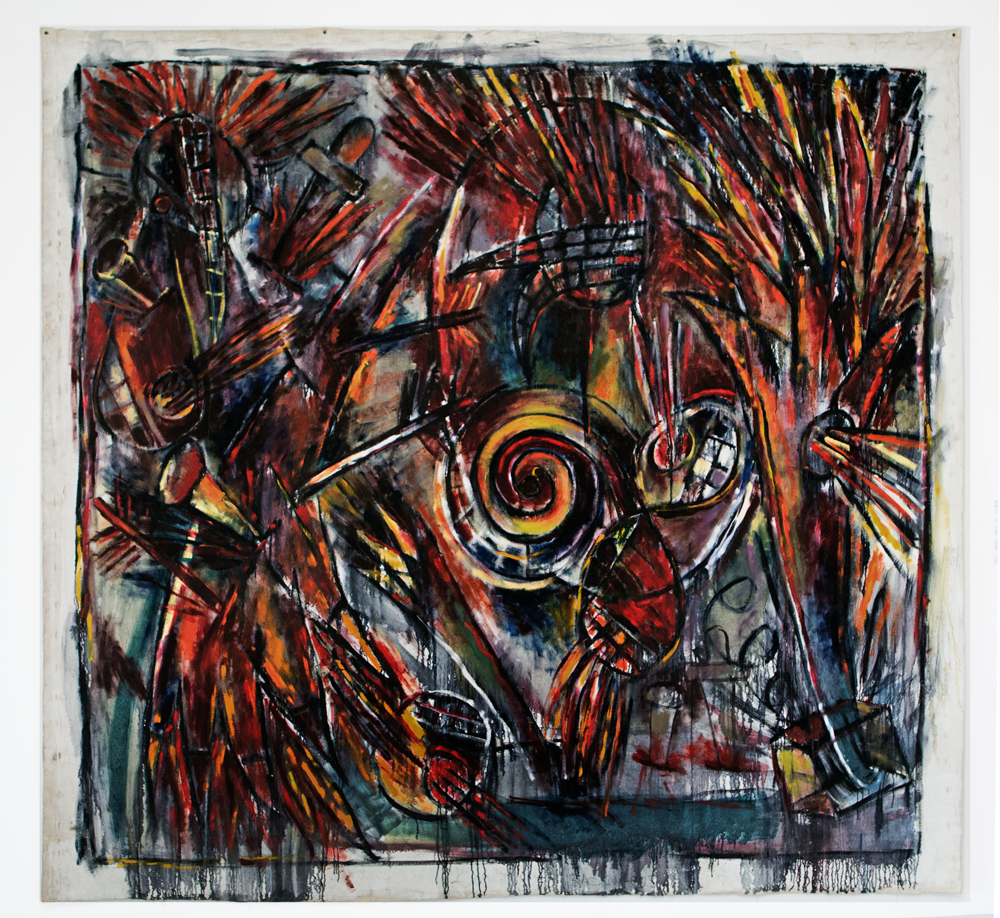
The artists who created them are living except one who died prematurely of AIDS. The majority was born within a 10-year period between 1968 and 1978. This group began university training at the end of the 1980s, a time of severe economic deprivation caused by the collapse of the sugar production industry. In the early 1990s, the Soviet Union dissolved, leaving Cuba in an even more destitute situation. Art supplies were scarce during those years, forcing students, as well as faculty and working artists, to scavenge everything from pushpins and plastic wrap to woodwork they swiped from abandoned houses.
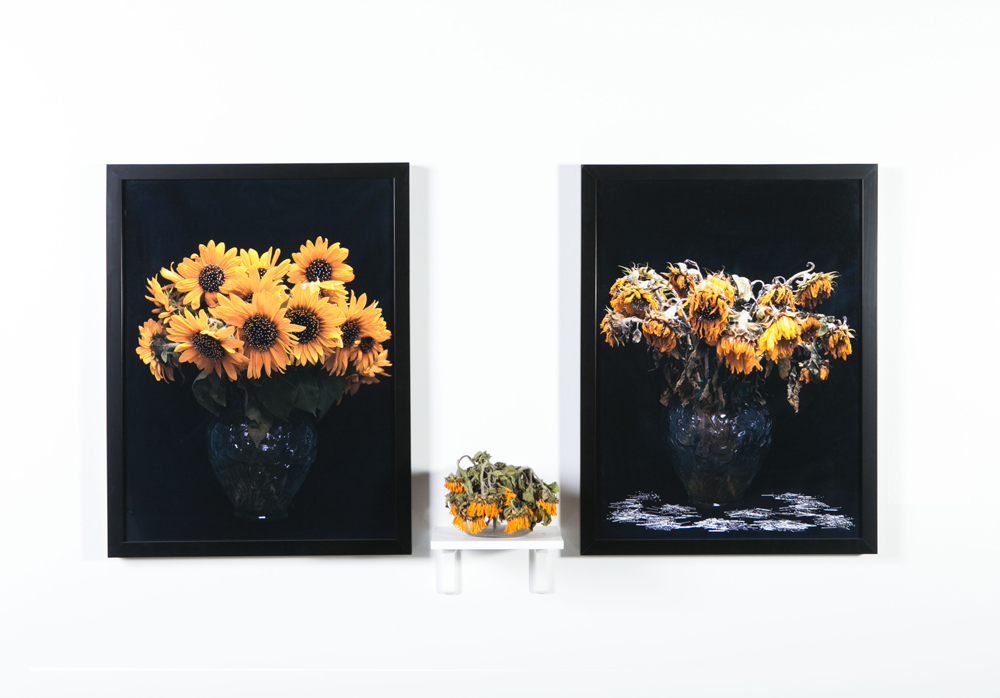

But more significantly, their work began to reflect disappointment in failed dreams and frustration with chaotic leadership, censorship, repression, secrets, lies and poverty. The longing for migration that pervaded the country is apparent in the prevalence of boats and airplanes in their images. Such works show an obvious divergence from those created by the half-dozen artists born prior to 1964, such as Roberto Fabelo and Pedro Pablo Oliva. These artists have been more prone to reach for sources such as Cuba’s African, European and Caribbean roots, spiritual rites and tenets, as well as folk customs and lore.

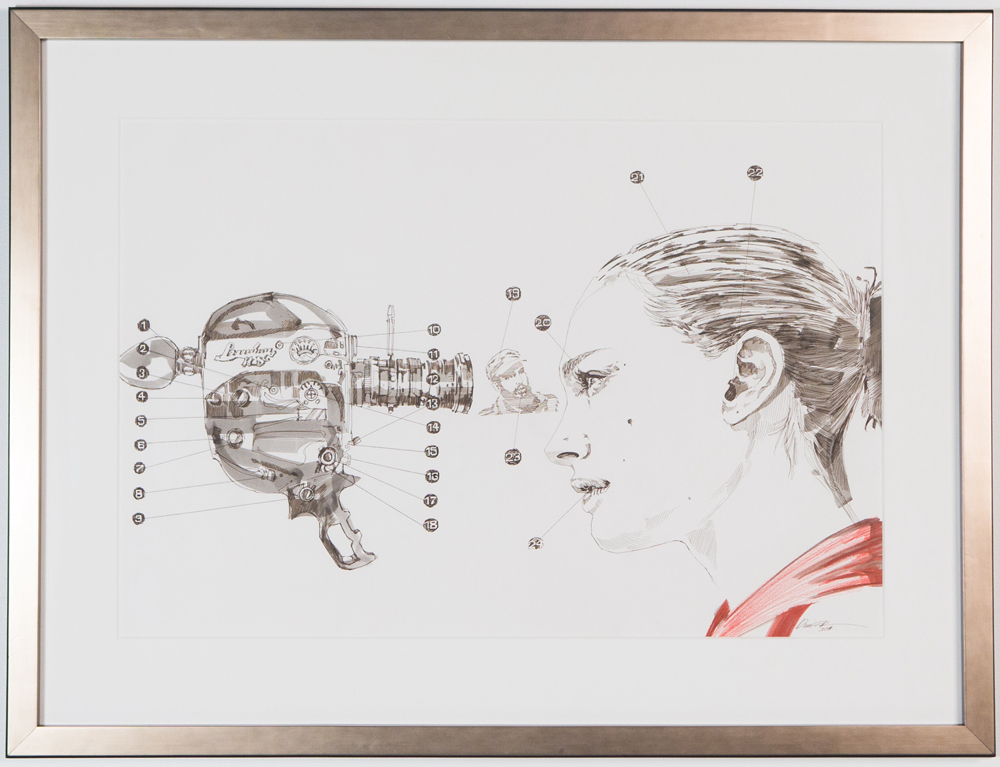
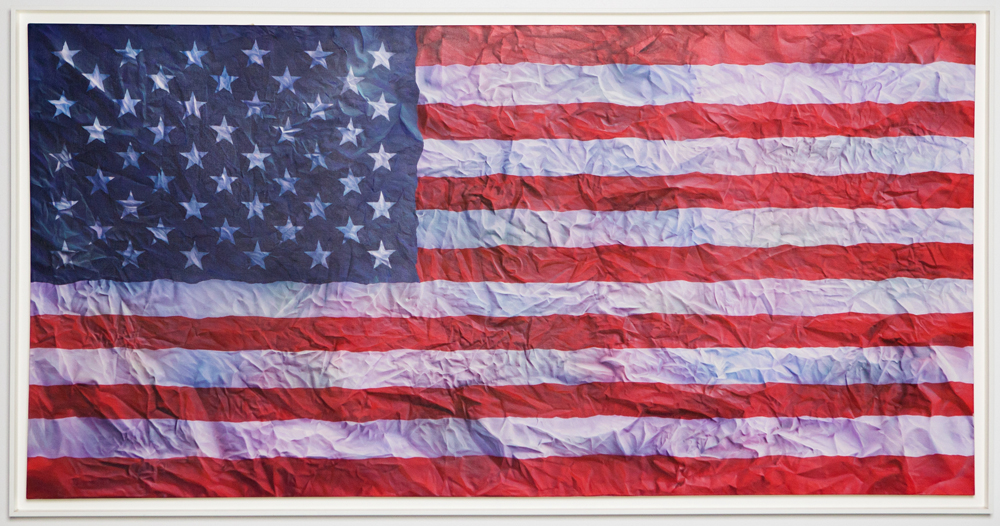
Among the younger artists who began their university art studies around the turn of the century, such as Rodolfo Peraza, Abel Barreto and Duvier del Dago, there is an immediate recognition of technological awareness in their works. They also seem to display more cynicism, self-assurance and confidence in controlling their own destinies.
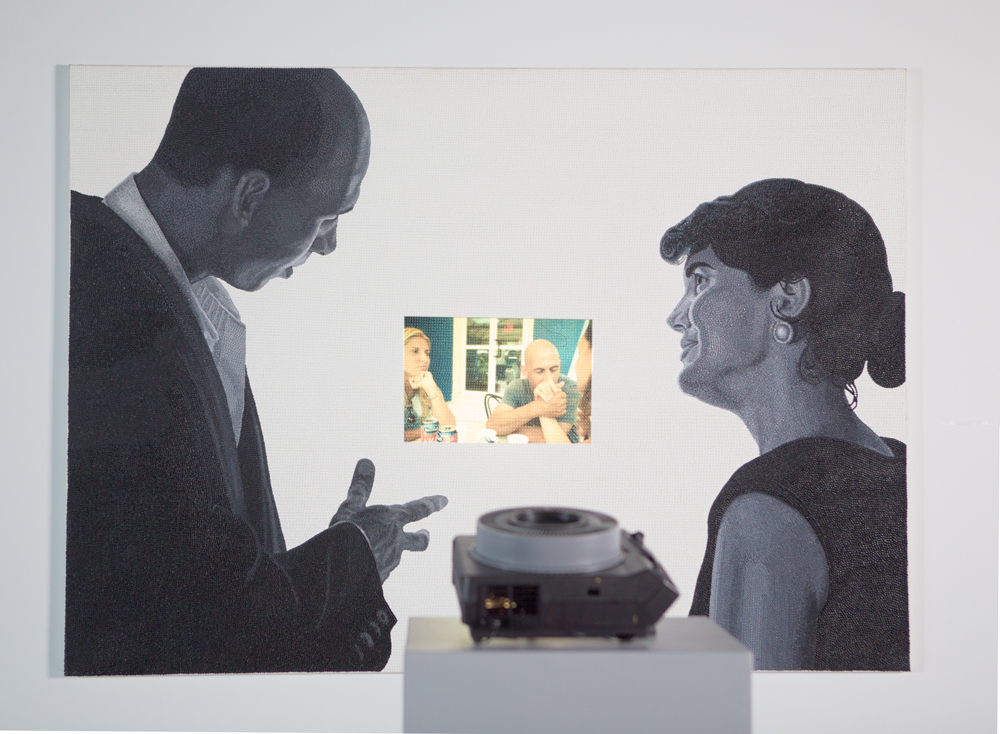



Despite Cuba’s economic and political challenges, these artists live within a paradox. There is a long tradition of excellent art education that talented youth can access without charge. These educational opportunities provide connection with and access to aesthetic dialog and artists across the globe.
Finally, there is an undercurrent that unites these artists and their works, oftentimes discernible as solitary figures that allude to an isolated island. Their deep love for and connection to Cuba, its people and its traditions always float just beneath the surface.
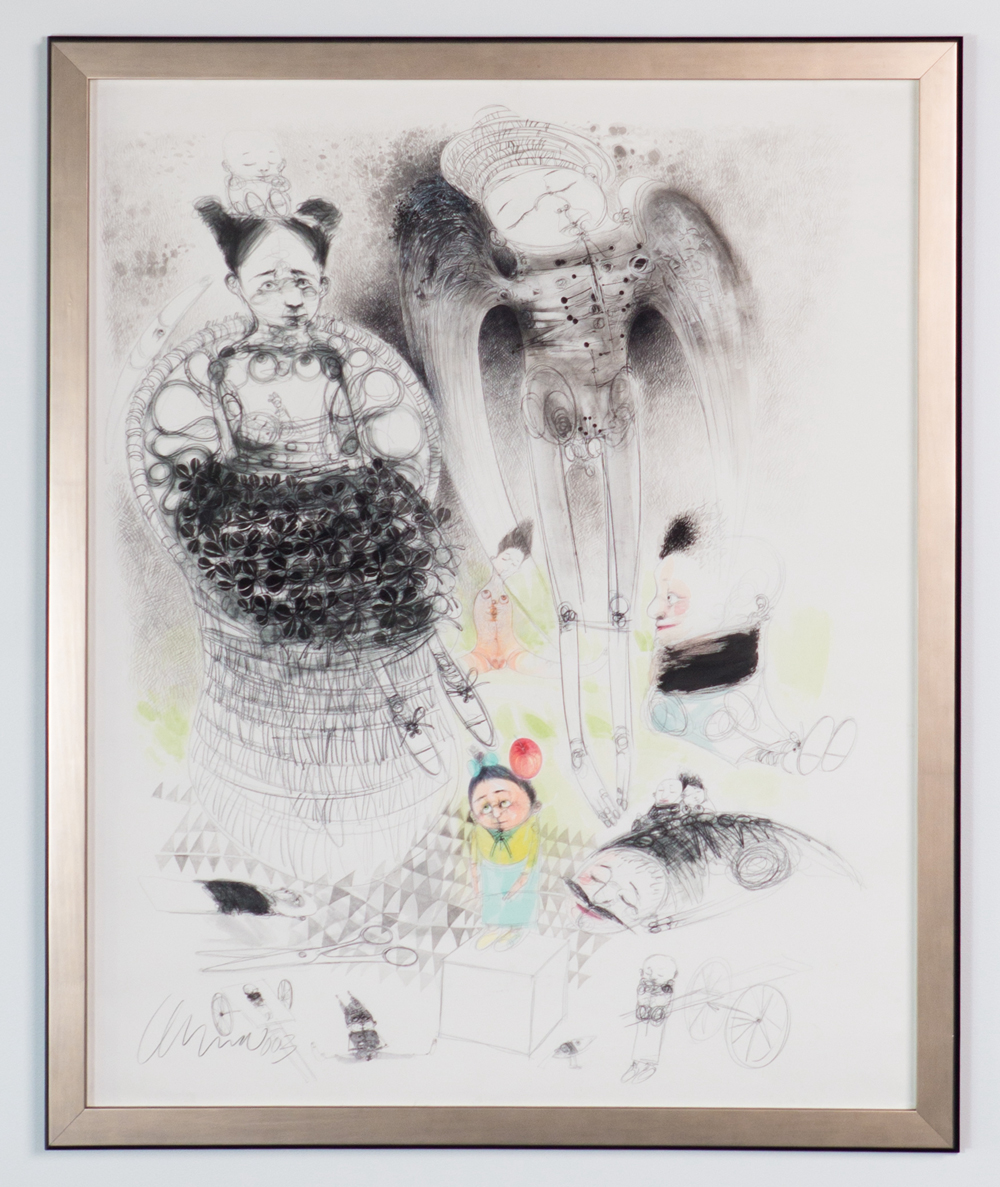

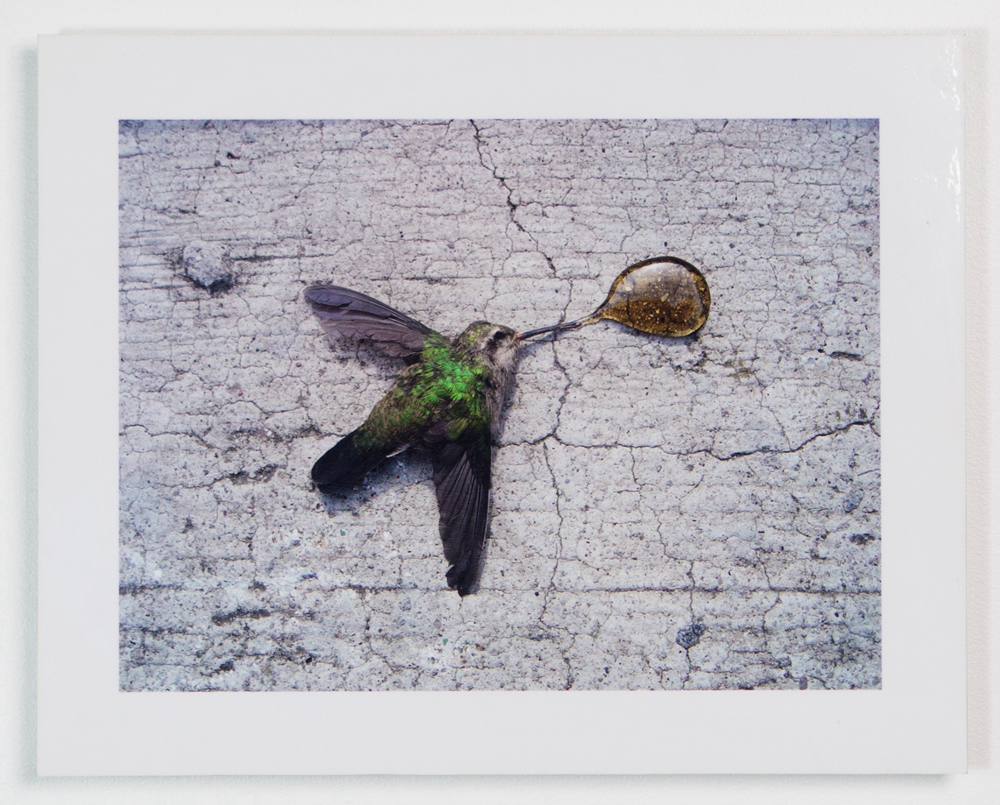
The Clarinda Carnegie Art Museum extends its deepest appreciation to Karen and Robert Duncan and Kathryn and Marc LeBaron who graciously placed their art on loan. Most of the works comprised an exhibition titled Arte Cubano, which was shown in American museums from 2018 through 2022. The touring exhibition was organized by Mid-America Arts Alliance with the assistance of the Center for Cuban Studies in New York and Corina Matamoros, curator at the National Museum of Fine Arts in Havana, Cuba. We are grateful for the scholarship and insights that grew from the exhibition and that have, in turn, enriched Leaving Isolation: Cuban Art.
– Anne Pagel, Curator
